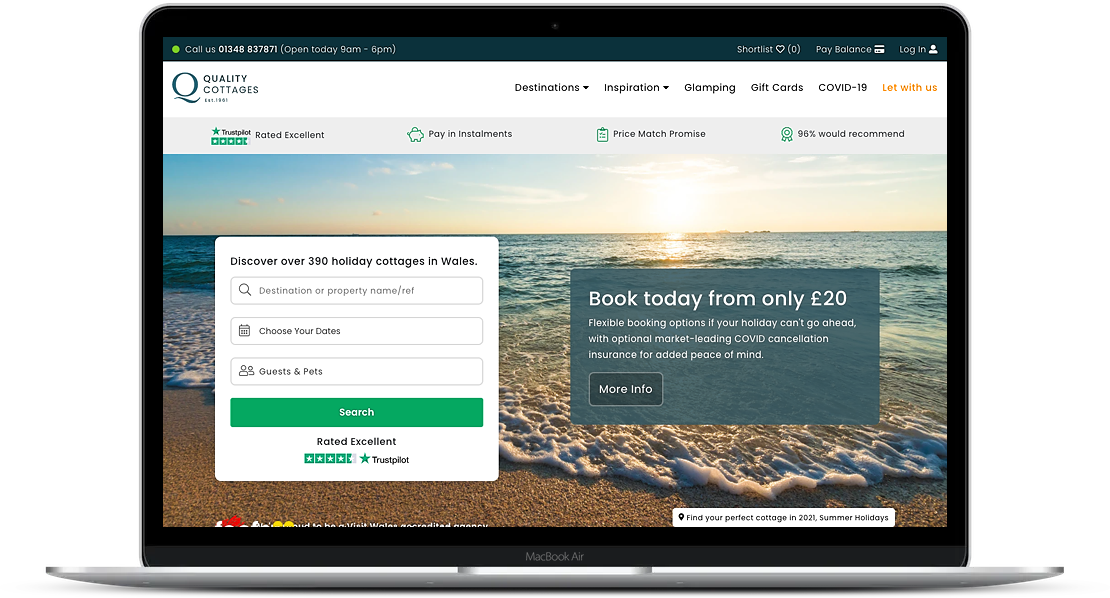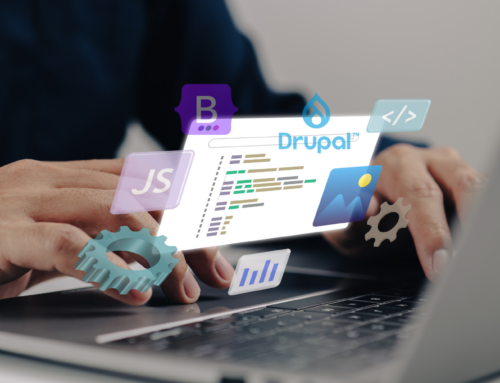The highly competitive app market doesn’t take any prisoners. Your app (or website) must meet, and ideally exceed, users’ expectations if it is to earn its place on their devices. Conor Whelan, Chief Executive Officer, explains how Digivante’s holistic approach to exploratory testing supports better pre-release quality at speed.
It’s a harsh fact of life that today’s uncompromising user won’t hesitate to delete an app if it fails to deliver. Why waste time on a disappointing, frustrating experience when there are so many rival options on the market?
It’s estimated that almost 50% of installed apps are uninstalled within 30 days; of these, 80% are deleted after one use. Buggy apps, therefore, have a direct and immediate impact on retention, and ultimately revenues and reputation. Any issues preventing purchasing, engagement and adoption create a significant risk of wasting your investment in software development. Meanwhile, from a reputational perspective, they drain user goodwill and damage your brand.
So, aside from the fact that the raw cost of discovering and fixing issues during the design phase is always going to be lower than resolving problems post-implementation, there’s a whole lot more at stake.
Replicating the real world
Rigorous pre-release testing to capture defects – and identify opportunities for improvement – is essential. You’ll need to replicate the behaviour of the diverse profile of intended users, with a daunting combination of possibilities for devices and browsers as you check for compatibility issues.
Creating a realistic testing environment in-house to cover all the bases could set your release date back by weeks.
Here at Digivante, we offer agile exploratory testing by real people at scale and at speed. We are able to deploy a worldwide community of expert and experienced testers. Objective and impartial, they bring a fresh eye to your innovation projects through community web testing.
Rather than going down defined, scripted paths, we encourage our testers to go ‘free range’. This more accurately reflects the users’ interaction with a site or app in the real world and helps identify those issues that your dev team could never have anticipated, however hard they tried.
The business case for exploratory testing
On average, Digivante’s exploratory testing service finds that:
- 5% of detected issues are critical, including crashes
- 20% of detected issues block completion of a desired outcome (such as making a purchase)
- 75% of detected issues impact negatively on the overall customer experience
These metrics show our approach works, as our customers are happy to confirm. To take just one example, specialist holiday company Quality Cottages more than doubled its conversion rate after fixing issues found during an exploratory test.
In case you missed it, learn more about what exploratory testing entails and discover additional insights in our dedicated blog post ‘What is exploratory testing?’ And for a deeper understanding of how exploratory testing functions, don’t forget to check out our blog post on how exploratory testing works.
Tailoring your testing scope
Our customers typically schedule testing at calendar frequencies, after an event such as a new release or a price uplift or to reflect changes in configuration and content.
We take the waiting out of exploratory testing and can quickly mobilise our testers to undertake your testing requirements. We tailor the target tester audience to offer the best return on your investment: for example, do you need general users, professional testers or both?
Our general users bring no preconceptions about how your app or website ‘should’ work. They can follow the journeys that are intuitive to them, replicating the random real-world behaviour and decision-making of your target users. Professional testers follow their hunches and creativity to uncover weak points, issues and usability issues, drawing on their product and industry knowledge.
We offer unrivaled levels of flexibility. Our exploratory testing scope is as unique as you need it to be, with any combination of devices/browsers/operating systems – and all different versions of these. We can focus the exploratory test on specific areas and avoid other areas that may not be ready for testing. We can deploy testers from specific countries, if required.
These are just some examples of how we can use our specialised filters to help you gain the most benefit from an exploratory test.
We understand that delivery timelines slip and we will adjust the testing schedule to meet your needs. Many clients opt to run exploratory tests in the evening or over the weekend to reduce the impact on delivery timelines. We will work with you to ensure the exploratory tests are run when you need, without any barriers to stop you achieving your delivery targets.
Continuous improvement
We create a loop of ongoing, actionable feedback delivered to your development team in real-time, allowing them to prioritise optimisation work. It’s not only about uncovering lurking killer issues: we’ll suggest brand-new features and functionality for the future.
In summary, Digivante’s exploratory testing minimises risks, helping you create stable products that contain no unwelcome surprises for the user. Perhaps most importantly of all, you’ll gain greater confidence that, in a crowded digital world, your site or app will stand head and shoulders above the crowd in delivering consistently high performance.
“We’ve already made more income in this financial year than the whole previous financial year and our conversion rate has more than doubled.”
Quality Cottages







